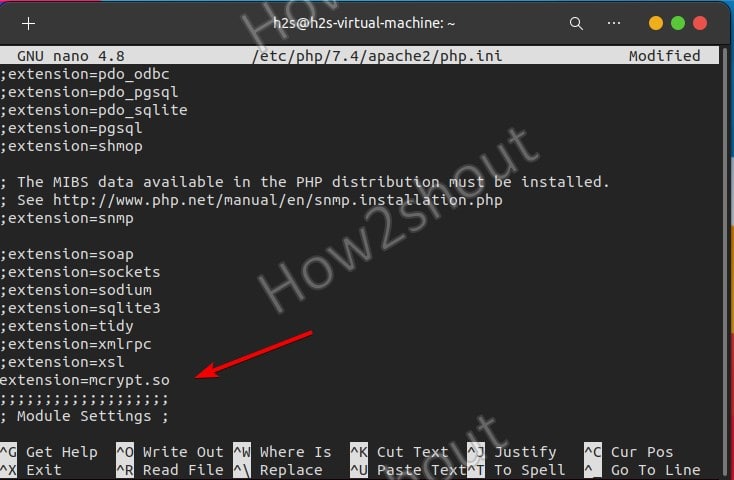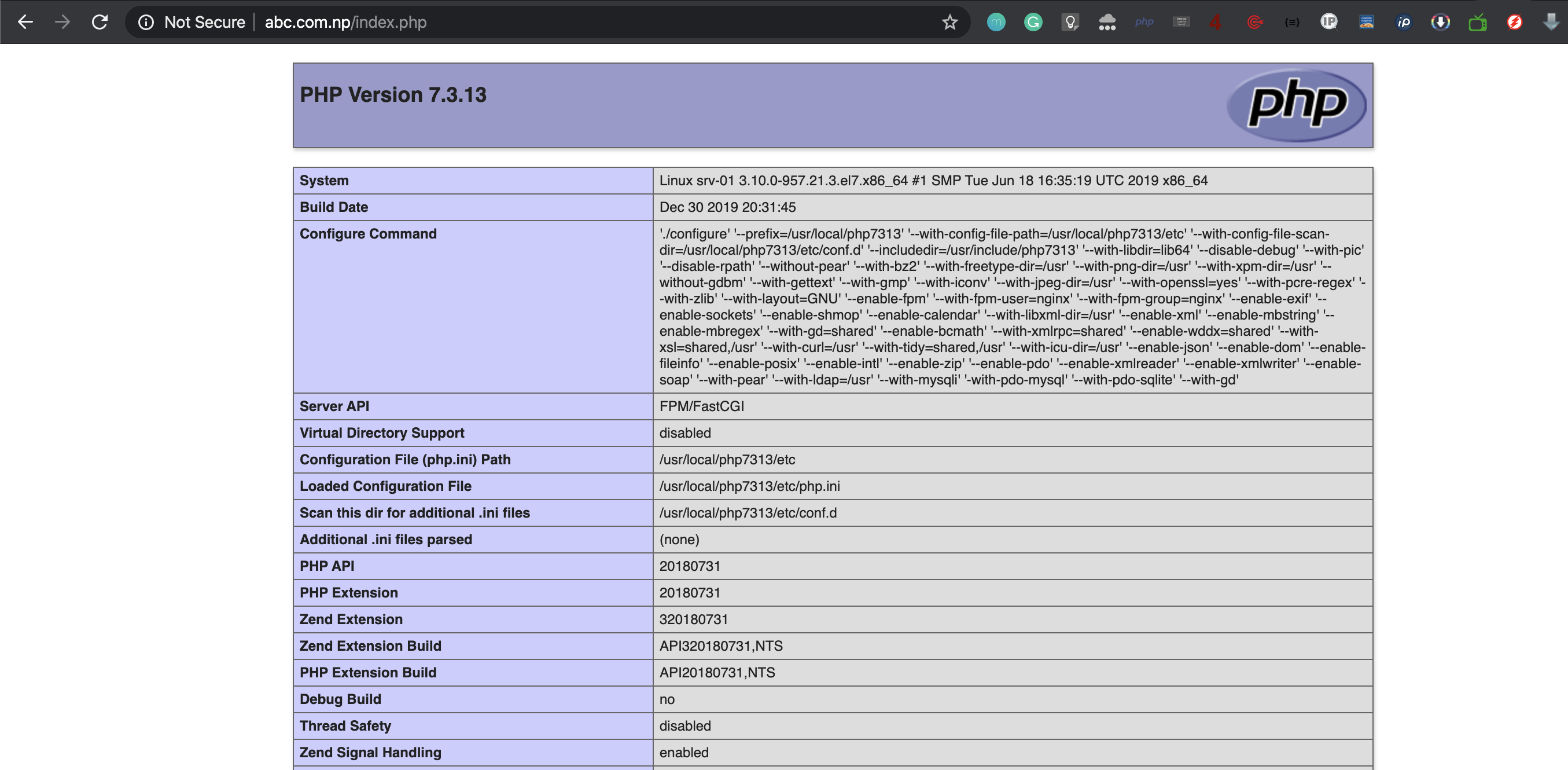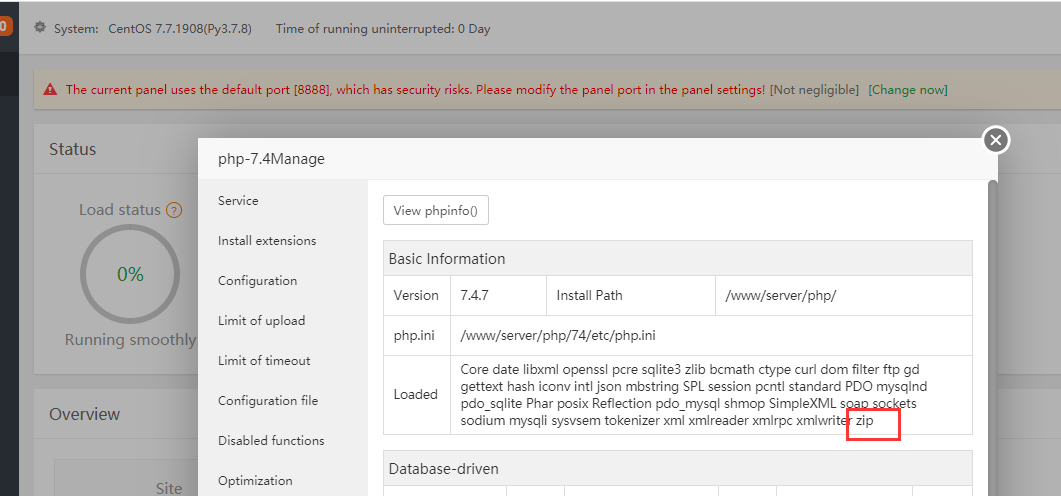
PHP modules, or extensions, can greatly extend the core functionality of PHP. These modules are compiled libraries that can help you implement different methods to connect to other services without the need to 'reinvent the wheel.' By enabling these modules, your PHP code can become more versatile and adaptable, allowing you to interact with things such as MySQL seamlessly. The focus of this article is to explain how you can enable these modules in a CentOS 7 server so that you can take your PHP code to the next level. This article implies that you have already installed PHP on your CentOS 7 server. However, if you have not done this yet, please look at our article: How to install PHP (CentOS 7).
VPS is basically a virtual server or “container” on a larger dedicated server. You will have full control/access (reinstall OS, start/stop/reboot, full rootVPS is basically a virtual server. Install some dependencies sudo yum install libc-client-devel uw-imap-static openssl-devel; Create the symlink sudo ln -s /usr/lib64/libc-client.a /usr/lib; Now download the full php files from the official php website. We will be needing the core files to build the imap extensions. Openssl x509 -in server.csr -out server.crt -req -signkey server.key -days 3650. Now install Apache, PHP, MariaDB and some much needed php packages: # yum install httpd modssl openssl mariadb mariadb-server php56w php56w-opcache php56w-common php56w-cli php56w-mysql php56w-pdo php56w-mbstring php56w-bcmath. With the above command, the LAMP stack will be installed with its basic settings. For further tweaks.
How To Install PHP Modules In CentOS 7
How To Open Php Extension
Before getting started, you'll need to log in to your server using SSH. If you're not familiar with how to do this, or you find yourself really enjoying our articles, please take a moment and read through the following: Connecting to Your Server via SSH. Once you have connected to your server via SSH, you can move on with the installation. Like any other installable software in CentOS 7, you'll be installing PHP modules using the 'yum' package manager. The basic syntax to install modules is identical to installing other packages. Essentially it would be yum install. But what if you're not sure what PHP modules you'd like to install? By using Yum, you can actually perform a search for different packages, in this case, PHP modules like so:
This will search for anything with 'PHP-' in its name and display a list of matching packages on your monitor. This tells you what packages are available, but what if you need to know what they do? In this instance, you can either put your 'Google-fu' to work, or you can use the yum info command with the following syntax:
Install Openssl Php Extension Centos 7
For example, let's pretend that you want to know more about the PHP-CLI module, you'd issue the following:
This would generate output similar to the following:
As you can see, the test server that I am using already have this module installed. However, if I needed to install it, I would do so via the following command:
You can, of course install multiple modules at once by using the following syntax:

A practical example of this would be:
How To View Current PHP Modules
When logged into your server via SSH, type in the following command
Install Openssl Php Extension Centos Server 2017
This will populate a list, like the following, showing you all the current PHP modules installed.
Repository information has been removed from the above example


How To Remove A PHP Module
After installing any PHP module, you, of course, will have the opportunity to delete them. To delete a PHP module, type the following command
You can remove multiple PHP modules by typing all the names you wish to remove, for example:
A list of PHP modules will be listed for removal, and typing these commands will require a [Y/N] (yes or no) response via a prompt to complete in the end.
Install Openssl Php Extension Centos Servers
Now your PHP modules chosen to be removed are uninstalled.
Like most things, moderation is the key, and it is best only to install modules that you need. I hope that after reading this article, you now feel more comfortable installing PHP modules. If you're interested in testing your server's PHP processing, we have an article that you might enjoy, which covers that: How To Create A PHP Info Page.